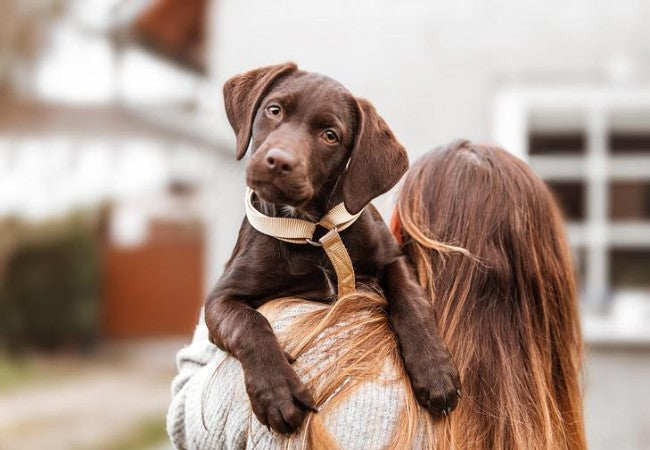Introducing a New Puppy to Your Resident Dog: A Vet Approved Guide for 2025 🐶🐾

In this article
Introducing a New Puppy to Your Resident Dog: A Vet Approved Guide for 2025 🐶🐾
By Dr. Duncan Houston BVSc
Welcoming a new puppy into your home is an exciting journey! 🐶 However, if you already have a resident dog, it's essential to ensure a smooth introduction to foster a harmonious relationship. 🐕🦺 This guide provides vet-approved strategies to help your dogs build a positive bond from the start. 🧠
🧠 Assess Your Resident Dog's Temperament
Before bringing a new puppy home, consider your current dog's personality:
- Social Butterfly: If your dog enjoys the company of other dogs, introductions may be smoother.
- Lone Wolf: If your dog prefers solitude or has limited interaction with other dogs, extra care is needed.
Understanding your dog's temperament will guide the introduction process and help set realistic expectations. 🐾
🏡 Prepare Your Home Environment
To prevent territorial behavior and resource guarding:
- Remove Personal Items: Temporarily put away your resident dog's toys, food bowls, and bedding.
- Neutral Territory: Plan the first meeting in a neutral area, such as a park, to minimize territorial instincts.
Creating a neutral and distraction-free environment sets the stage for a positive first interaction. 🌳
👫 Facilitate a Controlled Introduction
Enlist the help of a friend or family member to manage the introduction:
- Leashed Walk: Both dogs should be on leashes, held by separate individuals, and walk parallel with a comfortable distance between them.
- Observe Body Language: Look for relaxed postures, wagging tails, and curiosity.
- Gradual Approach: If both dogs appear comfortable, slowly decrease the distance between them.
- Off-Leash Interaction: In a secure area, allow the dogs to interact off-leash while closely monitoring their behavior.
Patience and positive reinforcement are key during this process. 🐕🦺🐶
⚠️ Monitor and Manage Interactions
It's natural for your resident dog to set boundaries with the new puppy:
- Acceptable Corrections: A growl or snap is a normal way for dogs to communicate limits.
- Intervene When Necessary: If the correction is excessive or the puppy shows signs of fear, separate them and consult a professional trainer.
Understanding canine communication helps prevent misunderstandings and fosters respect between the dogs. 🧠
🎯 Establish Individual and Joint Routines
To ensure both dogs feel secure and valued:
- One-on-One Time: Spend individual time with each dog to strengthen your bond and prevent jealousy.
- Joint Activities: Engage in activities that both dogs enjoy, such as walks or play sessions, to build positive associations.
- Separate Spaces: Provide each dog with their own space for rest and retreat.
Balanced attention and structured routines promote harmony in a multi-dog household. 🏠
📱 Enhance Training with Trusted Resources
For additional support and personalized guidance, consider these resources:
- Ask A Vet: Connect with veterinary professionals for expert advice. 🩺
Empower your journey as a pet parent by downloading the Ask A Vet app today and ensure your furry friends thrive in 2025 and beyond! 📲🐾






